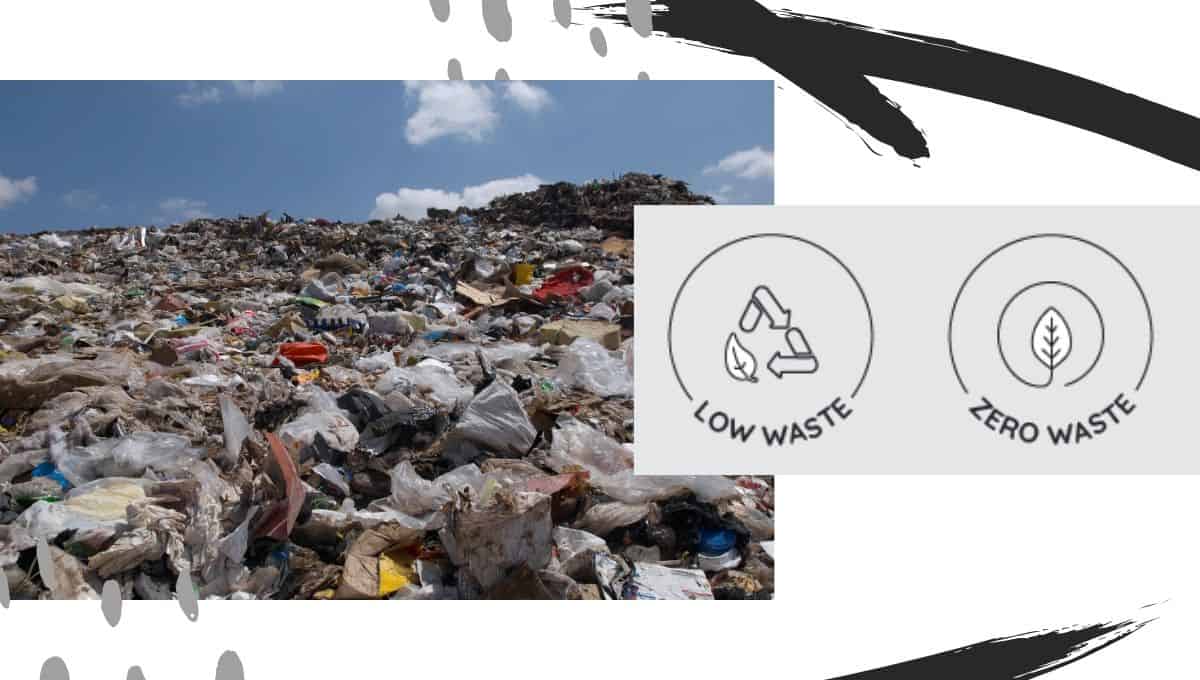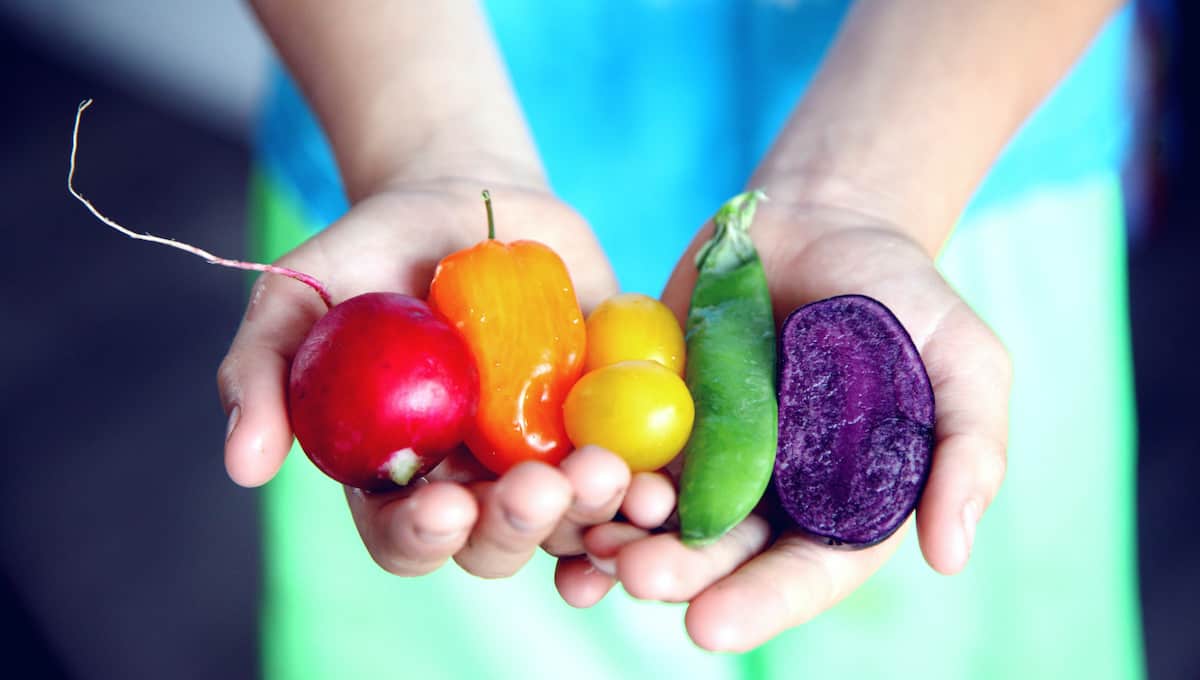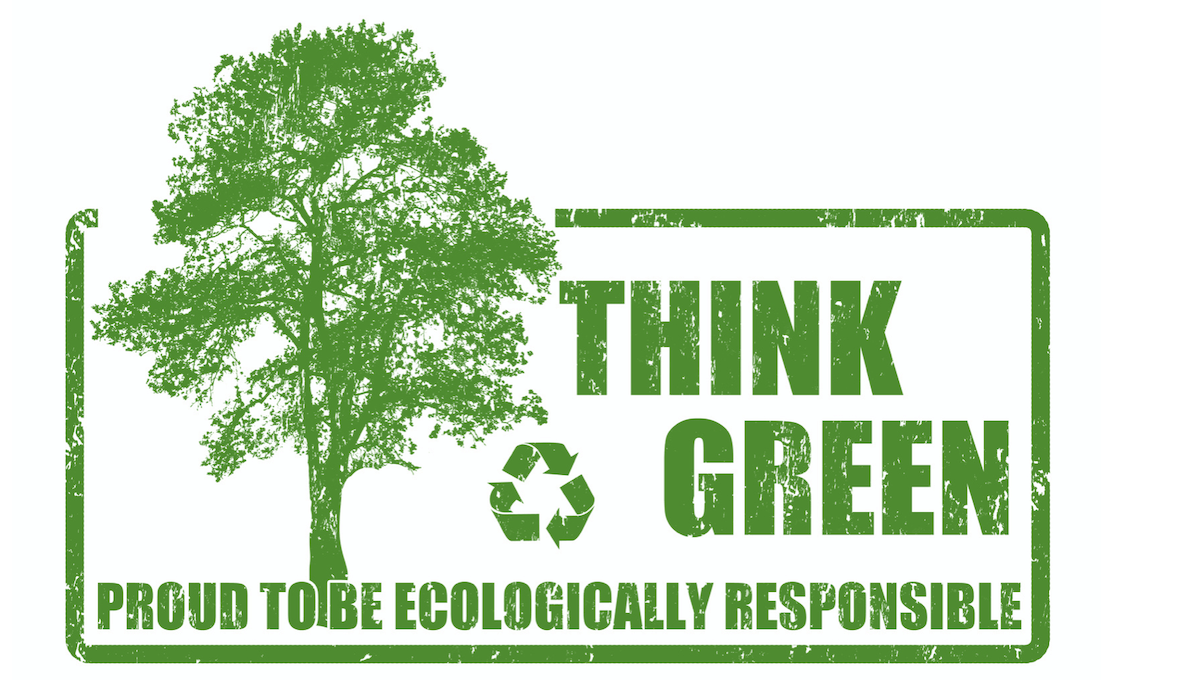Looking to Go Green? Here’s Everything You Need to Know
The “Green Movement” is currently sweeping the nation in social movements dedicated to concerns about the conservation of the environment. This includes the current overall health of the environment and all those who reside there. The Green Movement works to restore, to conserve, and to improve every single aspect of the environment and its ecosystems.
The Green Movement Terminology
Along with world peace in the hippie headquarters of America, the Green Movement started in the 1970s. Since then, it has evolved into something monumental and life-changing for all those who participate in it. Not only does the Green Movement affect the environment, but it also has a substantial impact on the overall health and conditions for human beings and animals alike. When we look at the Green Movement, it is crucial to understand the terminology involved to fully grasp how together, we can make a change.

Eco-Friendly
Eco-friendly means that something is “earth-friendly”, which is essentially, anything that does not harm the environment. This Green Movement term refers to products that contribute to the practice of living green. Eco-friendly products help reduce the amount of pollution to the air, land, and water. Most individuals who dedicate themselves to living a very eco-friendly lifestyle find themselves devoted to being conscious of their individual use of our resources.
Sustainable
Sustainability is defined as the ability to avoid depleting natural resources or harming the environment, which means that we will be able to enjoy this beautiful Earth for many, many years to come. There are several different things that have the ability to be sustainable. If a product is labeled “sustainable,” it has been created to help conserve the natural environment as well as sustain economic well-being. When we refer to economic prosperity, we are referring to the welfare of farms, livestock, habitats, communities, etc. In a sense, a sustainable product is created with the future of the environment and all those who reside there in mind. Sustainability is critical to green living and the green movement.
Green
The term “green” is used when a product, practice, or service is designed, manufactured, or produced with the environment in mind, as well as the future conservation of all environmental resources. All green products are produced to minimize any negative impact on the environment during either the production, distribution process or daily use by consumers. Green products are typically biodegradable, can be easily reused, considered energy efficient, contain no harmful chemicals or toxins, obtained from local sources, and are often made of recycled or sustainable resources.
For example, some products that have been labeled “green” may have been made using all plant-based materials or packaged within a container that is 100% recyclable. It’s usually recommended that when shopping for true green products, check the label to ensure that there is a proper green product certification. An example of some green product certifications are Green Seal, USDA Organic Products, and Energy Star.
Ethical
The term ethical refers to a product that has been produced in a manner that brings no harm to the environment. Often, ethical products support suppliers, producers, and growers involved in the creation of the product labeled as ethical. Ethical can also refer to companies and manufacturers whose sole purpose is not to harm the environment.
Ethical companies and manufacturers also focus heavily on fair labor practices, safe work environments, and proper wages for all employees. If a company or manufacturer functions within the ethical sphere, they will have strong core values and respect for not just the environment, but also all humankind.
Non-Toxic
If something is labeled non-toxic, it means that the item has been made or produced with materials that are not linked to toxic responses. Toxic responses can include illnesses, cancers, or any hormone unbalancing. Non-toxic living focuses on not buying or consuming products that have toxic chemicals in the ingredients or materials.
An example of toxic substances would be parabens, phthalates, petroleum, formaldehyde, volatile organic compounds (VOCs), etc. By avoiding these products and focusing on non-toxic products, you are reducing the risk of exposure to these harmful elements and reducing the need for such products to be made or produced in the world.
Organic
Products labeled organic have been made with 100% organic materials. Everything used in the product was grown in organic conditions, free from any harmful pesticides, fertilizers, herbicides, GMOs, antibiotics, etc. The USDA regulates organic products, so for a product to be considered organic, it must be marked by an organic USDA stamp. It is easy to focus on the purchasing or consumption of organic products—just look for the stamp.
Fair Trade
When it comes to Fair Trade, most items are referencing farmers and workers involved in the production of a product. The Fair Trade movement generally focuses on coffee, cacao, and tea. The act of Fair Trade guarantees that the farmers and workers will receive proper pay for the products they sell. You can think of Fair Trade as being a sort of safety net for those farmers and workers. Fair Trade belongs within the Green Movement because it helps local farmers who focus on organic farming. You can support Fair Trade farmers and workers by purchasing products that are marked as being Fair Trade. The only products that are Fair Trade have been marked Fair Trade Certified.
Conscious
Conscious is a rather simple, but very foundational term within the Green Movement. If a product, service, or practice is considered “conscious,” then it has been created with health and environmental standards in mind. Since conscious is seen as more of a lifestyle choice, it will typically refer to the consumer, business, or a specific way of thinking. If you are focusing on “conscious” products, services, or practices, you will spend a lot of time researching them. If they are genuinely “conscious,” then it will benefit the health of yourself along with everything else within the environment.
Zero-Waste
People who want to focus on living a zero-waste life will dedicate their time and energy to completely reducing their trash production by 100%. Zero waste living encourages the reusing of items to reduce excessive waste.

Low-Waste
Low-waste living is another form of living to reduce waste. Low-waste living is not as restrictive as zero-waste living, when an individual completely stops all waste production. Instead, low-waste living focuses on being conscious of daily choices that can help reduce waste. This can be something as simple as refusing a straw at a coffee shop.

Plant-based
When it comes to “Going Green”, plant-based refers to the diet some people choose to help reduce carbon emissions from the production and deforestation for animal products. Plant-based foods are, you guessed it, made entirely from plants. Two common terms that come into play when referring to plant-based diets are vegetarian, individuals who don’t eat meat but do eat dairy, eggs, and other animal by-products, and vegan, individuals who don’t eat animal meat or products made from animals.
How Can You Contribute to the Green Movement?
If you are interested in supporting the Green Movement, there are many ways that you can start making a difference by “Going Green”. However, it’s always good to remember that some of our not so eco-friendly behaviors have become habits for us, so it might take a little work to get started. Most people suggest that you start small by focusing on one specific area you are passionate about. Once you’ve found your focus, you can then start thinking of ways that you can help improve those areas. For example, if your focus is on producing less waste, you can start by consuming products that are either reusable, recyclable, or biodegradable.
It is so important to remember that little actions built up over time make a big difference. If you want to contribute to the Green Movement, but are still unsure of where to begin, you can start by researching and making donations to worthy causes. For example, donating to local businesses or companies that focus on improving the health and wellbeing of the environment and all who live there. Whatever your decision, today is a great day to make a change.









